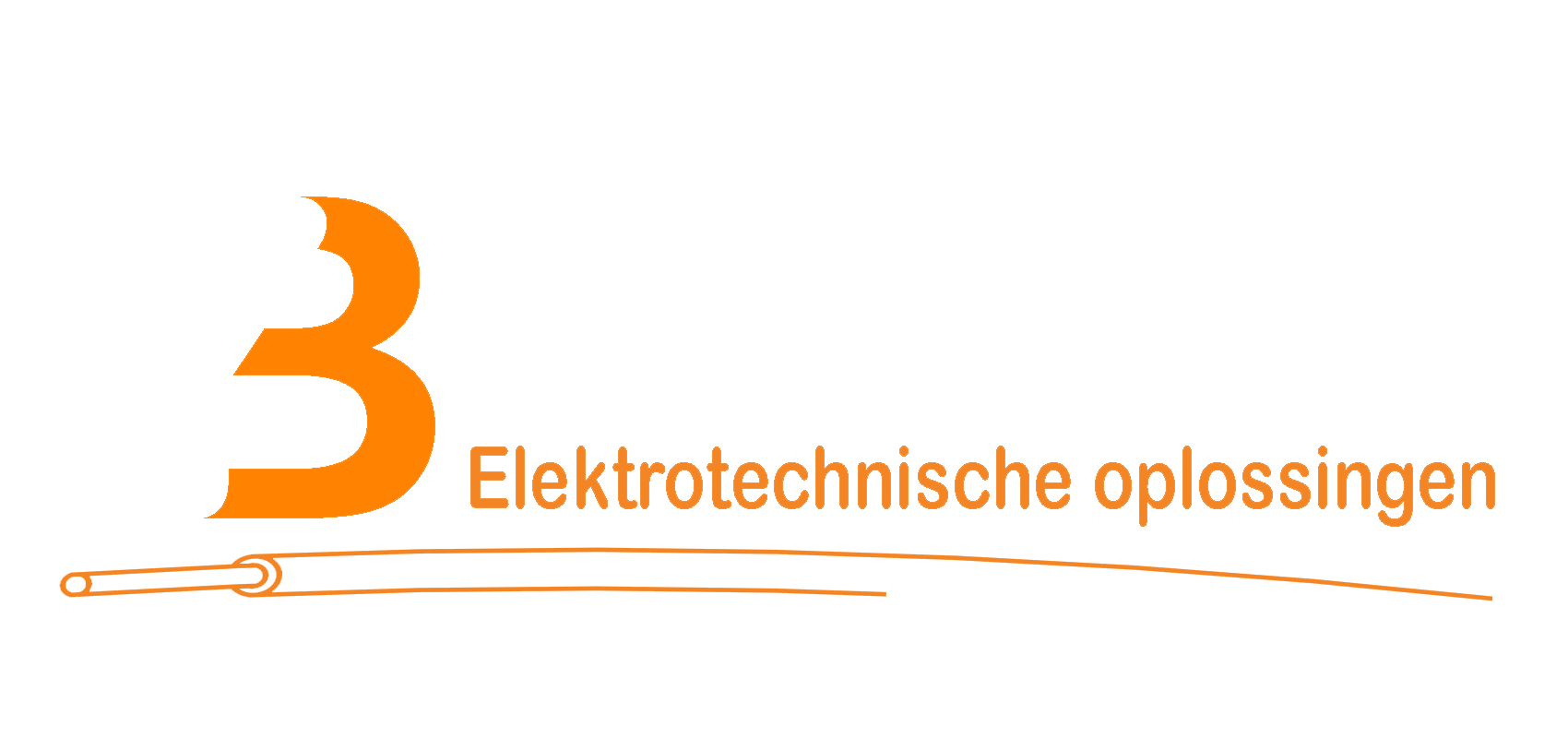Get $30 off your tax filing job today and access an affordable, licensed Tax Professional. With a more secure, easy-to-use platform and an average Pro experience of 12 years, there’s no beating Taxfyle. 11 Financial is a registered investment adviser located in Lufkin, Texas. 11 Financial may only transact business in those states in which it is registered, or qualifies for an exemption or exclusion from registration requirements. Tickmark, Inc. and its affiliates do not provide legal, tax or accounting advice.
Dividends
Compare the dividends you’ll receive relative to the share price to determine if the yield offers an attractive return. Other common alternatives include exchange-traded funds (ETFs) and bonds. ETFs are similar to mutual funds except they are traded on stock exchanges. Bonds are a means for corporations or municipalities to raise funds.
- Now companies from China can issue common stock to investors in the United States and vice versa as long as they adhere to the rules governing the exchange.
- Save more by mixing and matching the bookkeeping, tax, and consultation services you need.
- This liability involves a written agreement whereby a property owner allows a tenant to rent for a specified period.
- Simply put, each share of common stock represents a share of ownership in a company.
Pros and Cons of Preferred Stock
The acknowledgment of the asset (cash or another asset) is then recognized. The articles and research support materials available on this site are educational and are not intended to be investment or tax advice. All such information is provided solely for convenience purposes only and all users thereof should be guided accordingly. For information pertaining to the registration status of 11 Financial, please contact the state securities regulators for those states in which 11 Financial maintains a registration filing. You can connect with a licensed CPA or EA who can file your business tax returns. Implement our API within your platform to provide your clients with accounting services.
Preferred stockholders are next, and common stockholders are last. As a result, when companies liquidate or go through a bankruptcy restructuring, common stockholders generally receive nothing, and their shares become worthless. A drawback of common stock is that the common stockholders are last in line to receive money if a corporation is dissolved.
Do you already work with a financial advisor?
Volatility profiles based on secure cash box cash boxes and security boxes trailing-three-year calculations of the standard deviation of service investment returns. Ask a question about your financial situation providing as much detail as possible. Your information is kept secure and not shared unless you specify.
Businesses can choose whether or not and how much to pay in dividends to common stockholders. Some companies choose to distribute some of the profits on their balance sheet best sunnyvale california cpa to common stockholders in the form of dividends, and each common stockholder is entitled to a proportional share. For example, if a company declares a dividend of $10 million and there are 20 million shareholders, investors will receive $0.50 for each common share they own. Common stock represents a residual ownership stake in a company, the right to claim any other corporate assets after all other financial obligations have been met. A company maintains a balance sheet composed of assets and liabilities.
The company’s class A shareholders (GOOGL -1.35%) have voting rights, while its class C shareholders (GOOG -1.34%) do not. Simply put, each share of common stock represents a share of ownership in a company. If a company does well, or the value of its assets increases, common stock can go up in value. On the other hand, if a company is doing poorly, common stock can decrease in value. Shares of common stock allow investors to share in a company’s success over time, which is why they can make great long-term investments.
It includes the basic investment (par value) plus any extra (additional paid-in capital). This section helps everyone see how much of the company’s value comes from its owners’ investments. The balance sheet is a financial statement that shows what a company owns (assets) and owes (liabilities), along with the value of the owners’ part (equity). Common stock is part of the equity section because it represents money that shareholders have put into the company.
These are payables due to employees, a landlord or rental company, the government, and local electric, water, phone, and internet providers. A current liability must be paid either within one year or within the business’s operating cycle. Get stock recommendations, portfolio guidance, and more from The Motley Fool’s premium services. For the past 52 years, Harold Averkamp (CPA, MBA) hasworked as an accounting supervisor, manager, consultant, university instructor, and innovator in teaching accounting online. He is the sole author of all the materials on AccountingCoach.com.
Analyzing Common Stock in Investment Decisions
Common stock is like a tiny piece of a company that people can buy. When you own a share of common stock, it means you own a little part of that company. This ownership gives you the right to vote on important company decisions and sometimes get a share of the company’s profits, which are called dividends. Most ordinary common shares come with one vote per share, granting shareholders the right to vote on corporate actions, often conducted at company shareholder meeting.
